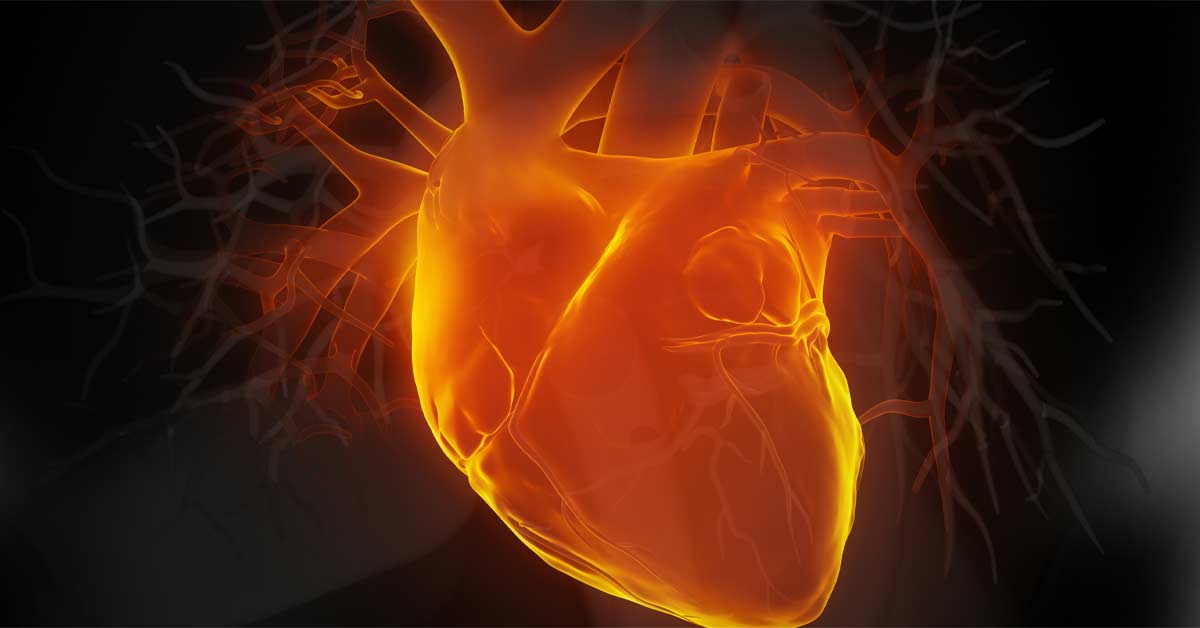The most important physiological attributes for endurance athletes—VO2 max—is largely fixed, largely genetic, and if you don’t like your own number, “blame your parents.”
Sure enough, Svendsen’s gross efficiency—the power he was delivering to the bike pedals divided by the rate at which he was burning calories, essentially—was highest before he even started serious training for cycling, at 21.5 percent. Once he started training and his VO2 max started climbing to record levels, his efficiency dropped to between 19.8 and 20.5 percent. Then once he quit cycling, his efficiency increased again to 22.0 percent as his VO2 max dropped. In other words, every time his VO2 max increased, his efficiency got worse, and vice versa.
The key point to understand is that your muscle cells face a constant trade-off between maximizing how much energy they produce and maximizing how efficiently they produce it. There are several different metabolic pathways that your cells can use to generate ATP—the basic fuel for muscular contractions—from stored energy sources such as carbohydrate and fat. If you head out for a slow jog, your cells will automatically select the most efficient metabolic pathway, so that your fuel supplies will last as long as possible. But as you pick up the pace, you’ll eventually reach a point where these efficient pathways can no longer generate ATP quickly enough to keep up with your muscles’ demand—so they’ll switch to a less efficient metabolic pathway that can generate ATP more quickly, but will also burn through your fuel stores sooner.
If you do a lot of VO2 max-style training—hard intervals lasting three to five minutes, say—you’ll preferentially improve your cardiovascular system so that you can deliver more oxygen to your muscles. This will increase your VO2 max. But if you haven’t similarly increased the mitochondrial capacity in your muscles, this also means that you’ll max out your mitochondria and hit CImax sooner. This, Larsen suggests, is what was happening to Svendsen: the training that sent his VO2 max through the roof also made him less efficient.
While the majority of the short-term literature that has looked at interventions to increase VO2 max has focused on the impact of high-intensity training (so-called “VO2 max intervals”), we took a different approach. In this case, the bulk of the athlete’s training was in and around the aerobic threshold (the first lactate turnpoint—i.e., at lactate levels of 1-2 mmol/L). A LONG way from VO2 max.
https://simplifaster.com/articles/how-trainable-is-vo2-max/
https://www.outsideonline.com/health/training-performance/why-higher-vo2max-isnt-always-better/
